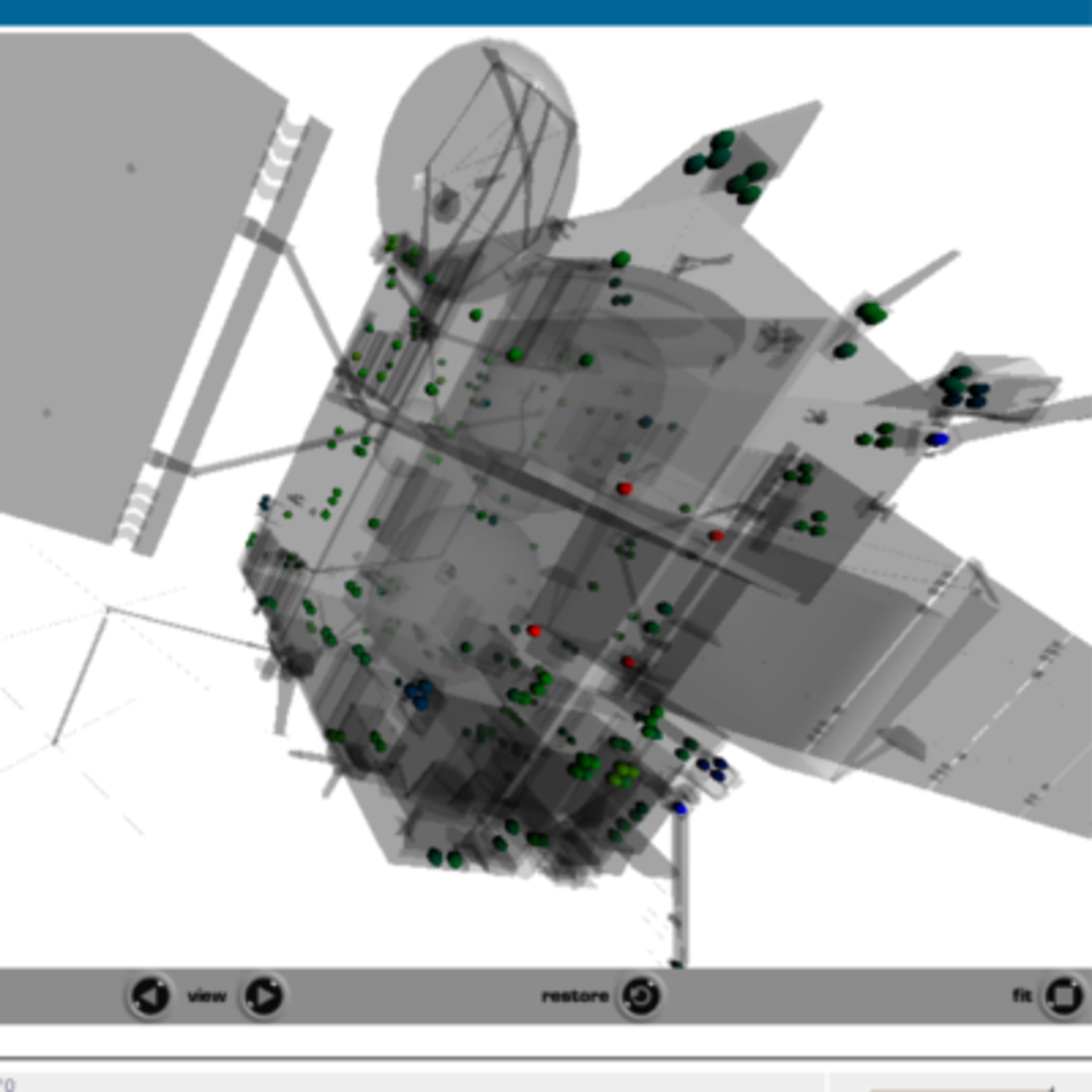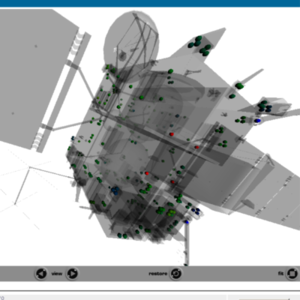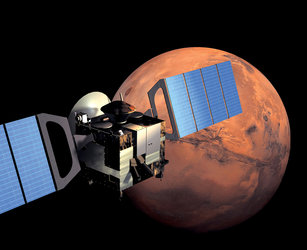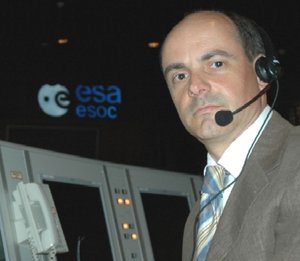Ten years of Advanced Mission Concepts and Technologies Office
A specialised research and development team at ESA in Darmstadt is using cutting-edge software techniques to make spacecraft operations more efficient. Today marks the tenth anniversary of success for the Advanced Mission Concepts and Technologies Office.
On 1 April, the Advanced Mission Concepts and Technologies Office at ESOC, ESA's European Space Operations Centre, Darmstadt, Germany, marked its tenth anniversary. The team of programmers and software developers uses a collaborative approach to foster innovative thinking and 'out-of-the-box' solutions to complex challenges in spacecraft operations and ground segment development.
Alessandro Donati, head of the office, shares his thoughts on the team's achievements and goals for the future.
What were the initial goals in founding the office?
AD: The office was founded primarily to bridge the gap between mature innovative technology and the requirements of spacecraft mission operations. It has become a catalyst for infusing new concepts and technologies into mission operations.
We believe that adopting innovative technologies for operations is becoming economically instrumental to reduce costs and to enable future missions.
Who is involved in the team?
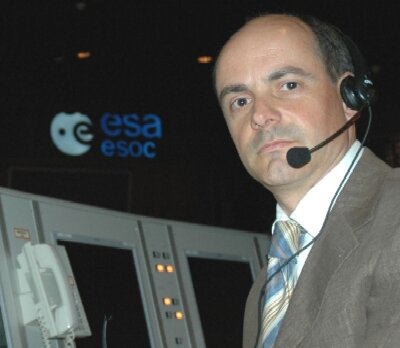
AD: The team comprises both in-house and off-site contractors, ESA Young Graduate Trainees, research fellows and student trainees.
We apply some of the newest software development processes, including agile methodology, which speeds up traditional code-writing practises, 'ego-less' programming and – above all – focusing on what the tool is supposed to deliver. These principles are a strong basis for team work.
Lateral thinking, sharing and constructive criticism – also aimed at the boss, when necessary – encourages an atmosphere where everybody is a protagonist and at the same time depends on the rest of the team.
The team is supported by European research institutes and specialised industrial partners and acts as a catalyst between research institutes and industry.
What have been some of the most interesting projects in the past 10 years?
AD: The Mission Utilities and Support Tools (MUST) package was developed to support ESA's SMART-1 Moon mission, which flew 2003–06. The mission experienced multiple spacecraft anomalies yet was operated on a tight budget with a reduced control team, so there were few extra engineers on hand to help troubleshoot all the problems.
MUST has since become a de facto standard for most ESA-controlled missions, allowing engineers fast access to spacecraft data. MUST is a continuing project and parts of the software have been used to develop four patented 'methods': algorithms used in diagnostics, performance analysis and compression.
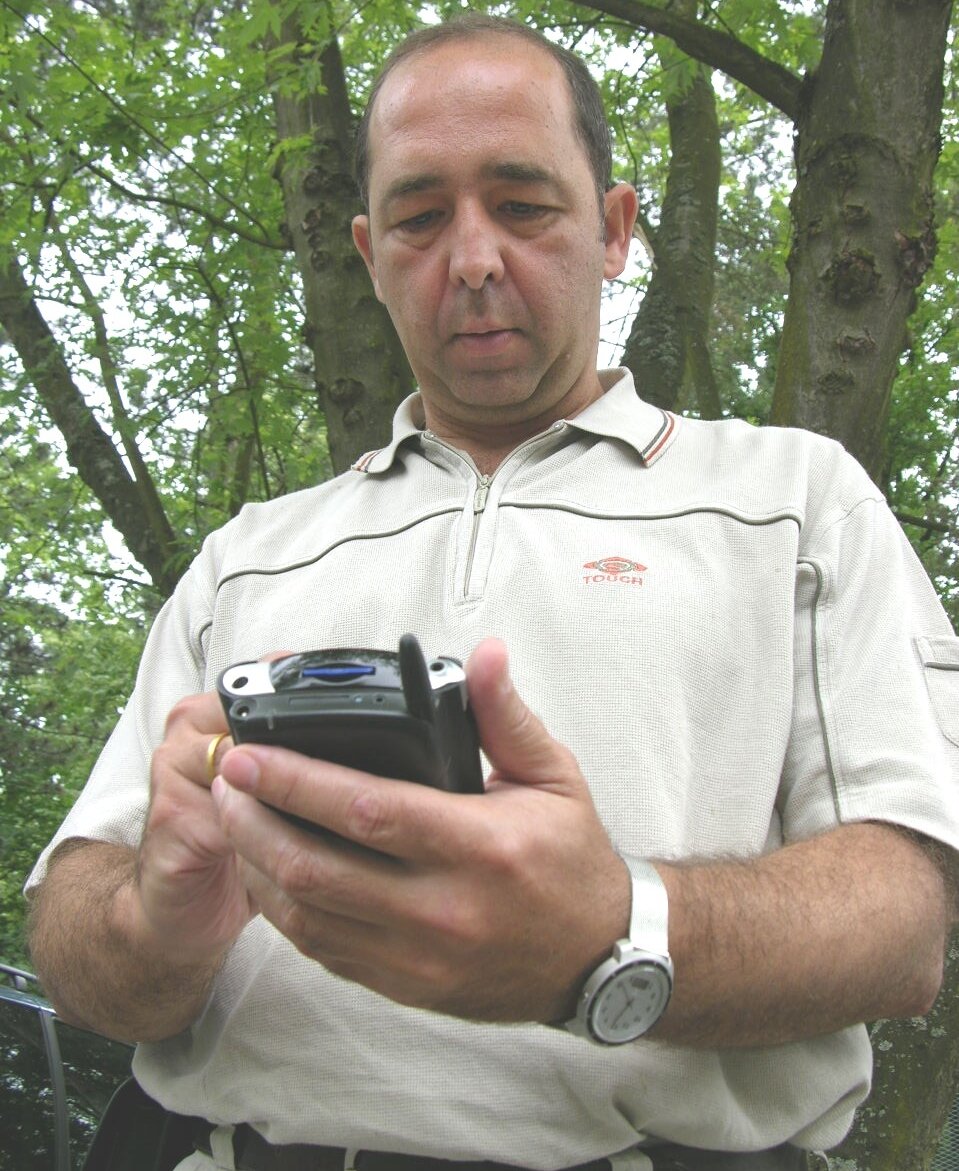
Second, the Advanced Planning and Scheduling Initiative (APSI) was developed to address problems in planning spacecraft operations. This is a challenge that affects all missions.
APSI enabled the introduction and development of new 'constraint satisfaction' planning algorithms for spacecraft and instrument planning. This involved using artificial intelligence methods to optimise a spacecraft's schedule taking into account a large number of factors, which traditionally took human engineers a lot of time to process.
Versions of this software are now running at ESOC in Germany, ESA/ESAC in Spain and at NASA's Goddard Space Flight Center. Some of this technology is being used elsewhere in ESA to develop planetary surface rovers with on-board intelligence.
The third important achievement was the Space Environment Information System for Operations (SEISOP). It stemmed in part from experience gained in operating the four Cluster satellites by considering the relationship between spacecraft health and the space environment.
This software will be developed further as part of the space weather hazards segment of ESA's Space Situational Awareness programme to cater for the need to exchange space weather data between multiple satellites and other sources of space environment information.
How does the team contribute to future space missions?
AD: It's a three-step process. First, identify in advance the new requirements and potential innovative ways of meeting them.
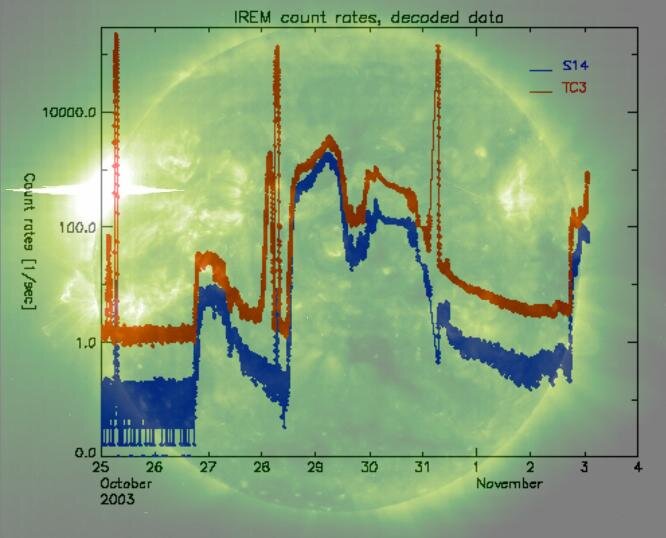
Next, use current missions as one or more testbeds for validation of the enabling technology.
Third, transfer the experience gained, the validated technology and the lessons learnt to the mission operations teams and industry for integration into the ground segment infrastructure, and then start using it, both during the mission preparation phase, which can take some years, and the post-launch operation of the mission.
What are some of the office's future goals?
AD: We should be prepared to be flexible and adaptable to sustain a growing variety of mission operations concepts – ranging from less-demanding missions to those with higher degree of autonomy – with a modular, scalable, simple approach that makes best use of emerging technologies.
This includes software and techniques related to diagnostics, system monitoring and mission planning through to innovative algorithms and methods. Cost pressures are a reality for spacecraft operators worldwide and we need to be clever, think simple and implement solutions.
Contact for further information
A. Donati
Head, Advanced Mission Concepts and Technologies Office
ESA/ESOC, Darmstadt, Germany
Tel: +49 6151 90 2574
alessandro.donati [at] esa.int


